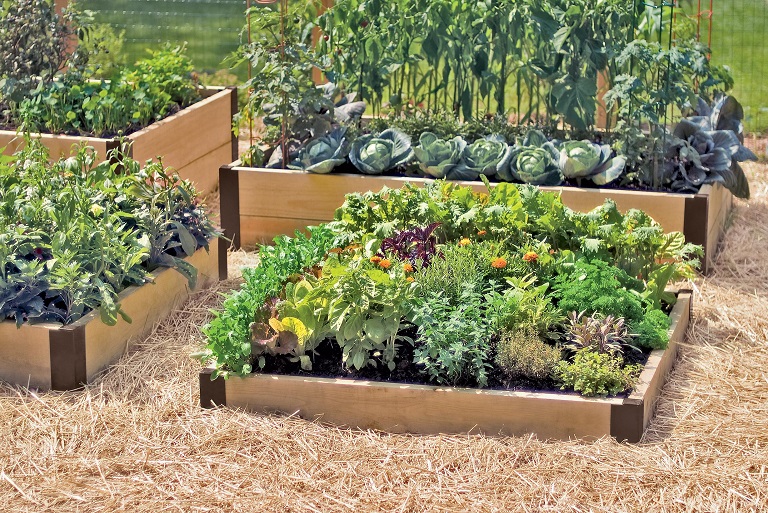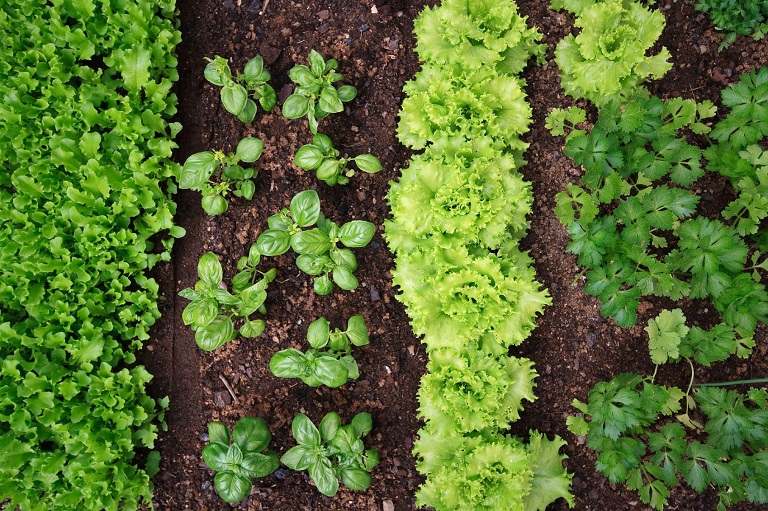My dear readers, since you are here, I believe it’s safe to assume that you are considering the option of growing your own vegetables at home instead of buying them at a supermarket or a local farmers’ market, so let me congratulate you for that. Gardening has always been perceived as a noble and truly enjoyable activity, one that not only feeds our bodies, but also our souls. If you haven’t given it a chance yet, now can be the perfect time (it’s spring, after all).
Now, I’m well aware of the fact that people love cultivating both vegetable and fruit plants in their yards, but I decided to focus solely on vegetables in this text, as there is so much that needs to be said and learned about the whole process of planting them and taking care of them. Well, shall we begin?
- First things first – pick the ideal spot for your crops. Before you choose the vegetables you will open your garden’s gates for, you need to determine where exactly you will plant them. Many experienced gardeners think that growing vegetables in raised beds is one of the smartest gardening techniques, for that is how you can feed and water only the important plants (since your crops will be separated from the rest of the landscape) and prevent weed woes. Furthermore, elevated garden beds can be filled with fresh, fertile soil when the native soil is not healthy and rich enough to provide the plants with all the necessary nutrients. Oh, I mustn’t forget to remind you that most vegetables require at least 6 hours of direct sunlight a day, so have this in mind when thinking about their location.

- Your next step should be preparing the earth for the vegetable seeds and/or seedlings by turning, loosening, smoothing, and watering it. After this short phase, you can start planting the vegetables you and your family have decided to look after. Green beans, carrots, lettuce, beet, and kale are some of the tastiest and easiest-to-care-for vegetables, so you might want to start off your gardening experience with them.

- We all know that this is not where the fun ends. Once the seeds and/or the seedlings are planted, you will need to maintain them. Since most vegetable plants are drought-intolerant, you must remember that watering them regularly is crucial to their health. Mulching should be on your to-do list as well, as feeding the soil with organic materials improves its retention of moisture, regulates its temperature, and reduces the risk of diseases. Removing the dead and rotting leaves and weeds is another thing you will have to do, for if they stay, they will most likely attract pests.
So, what do you think? Are you cut out for this exciting challenge? Are you willing to give it a try? I really hope you are.


